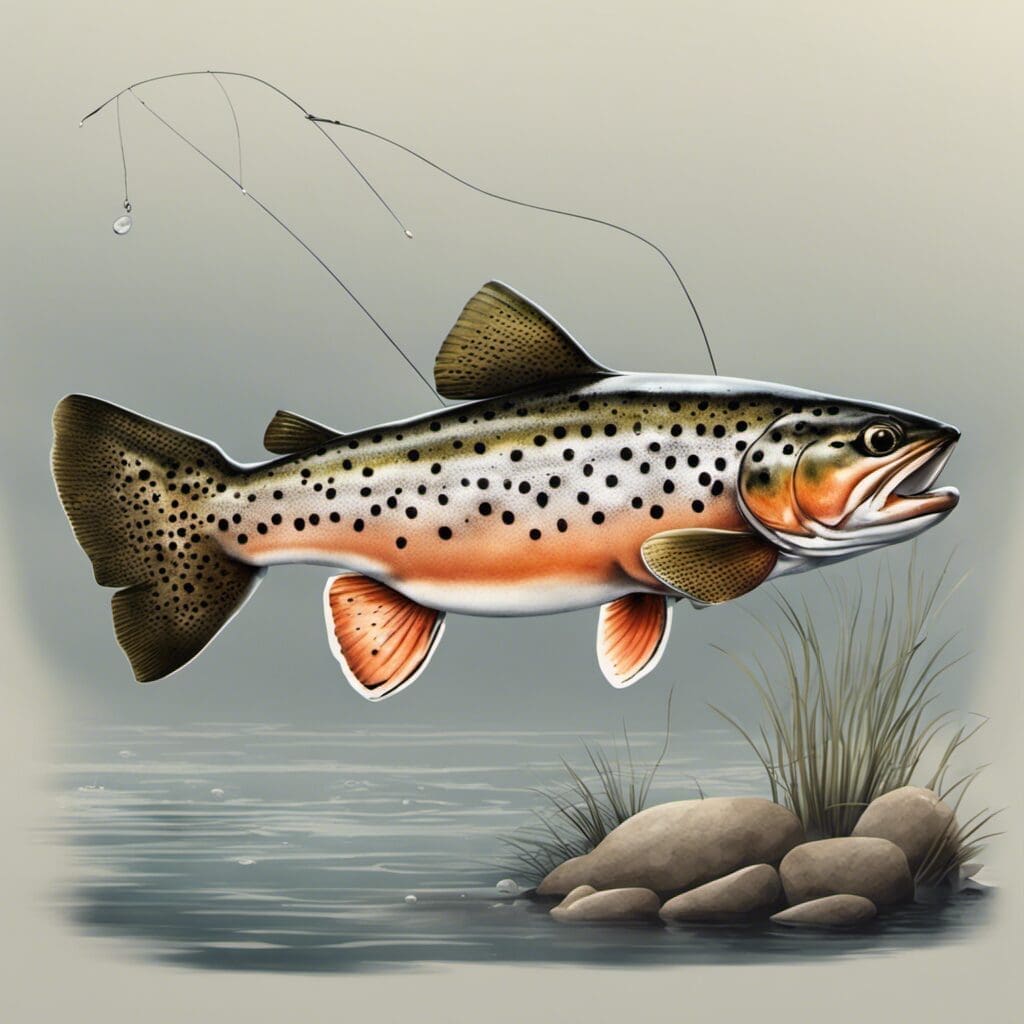Introduction
The Sea Trout, scientifically referred to as Salmo trutta, is a popular species of fish that belongs to the Salmonidae family. An interesting characteristic of the Sea Trout is its existence in both marine and freshwater environments, making it an astonishing species for study and sports fishing.
Conservation Status
The sea trout is currently defined as a species of Least Concern according to the most reliable sources. Conservation efforts include habitat management and regulations on fishing to sustain the population.
Statistics
| Statistic | Average | Range |
|---|---|---|
| Length | 50cm | 35-90cm |
| Weight | 6 lbs | 2-20 lbs |
| Average Lifespan | 5-7 years |
Other statistics include the Sea Trout’s maximum known age of 13 years and the fact that females tend to be larger and live longer than males.
Distribution
Sea Trout have a vast range extending across the Atlantic Ocean, from North America to Europe and North Africa. Noted for their extensive migration patterns, they transition from freshwater hatchings to ocean dwellers as they mature.
Habitats
Accustomed to a variety of water types, they thrive in both freshwater rivers, estuaries, and marine water bodies. They generally stay at a depth range of 0 to 30m, adapting to the temperature range of their habitat, which usually falls between 37.4 to 75.2 °F (3 to 24°C).
When and Where to See
Sea Trouts start their spawning runs in autumn, thus you may find them packed in rivers during late September through November. They largely operate during the dusk and dawn.
Best Fishing Locations
- River Tweed, Scotland
- River Shannon, Ireland
- Neva, Russia
- Venta River, Latvia
- Luga River, Russia
- River Itchen, England
- Big Hole River, USA
- Fly River, Denmark
- Galway River, Ireland
- River Beauly, Scotland
General tips to locate Sea Trout include checking near the bottom of riverbeds or shady areas under tree banks during hot days.
How to Catch
Flies and artificial lures prove popular for catching Sea Trout. Techniques such as fly fishing, spin fishing, and trolling are often employed. Sea Trout can be caught at any time, but dusk and after dark are preferred times for fishing, especially in the summer months.
Identification Guide
Sea Trout have a characteristic silvery body, streamlined shape with a noticeable adipose fin. Compared to Brown Trout, they have fewer red spots and are typically more silver in color due to their marine habitat.
Culinary Attributes
Sea Trout is widely appreciated on the culinary front. Its meat offers a unique taste profile and it is rich in Omega-3 fatty acids. Sea Trout can be baked, grilled, smoked, or pan-fried. Popular dishes include Sea Trout with Asparagus and Sea Trout Tartare.
Additional Information
Sea Trout are carnivorous, feeding on a wide variety of crustaceans, small fish, and insects. Their main predators include larger fish, birds, and humans. Among human-induced threats are habitat degradation and overfishing. Historically, Sea Trout have been closely connected to human settlement and agriculture, as their habits often introduce them to human-inhabited regions.
References and Further Reading
For additional information regarding the Sea Trout, consider exploring scholarly publications such as ”Biology and Ecology of Sea Trout” by Stefan Palm and “The Sea Trout and the Fly” by James Waltham. Please visit local libraries or online repositories for access. Sea Trout International is also an excellent resource for all things Sea Trout.

